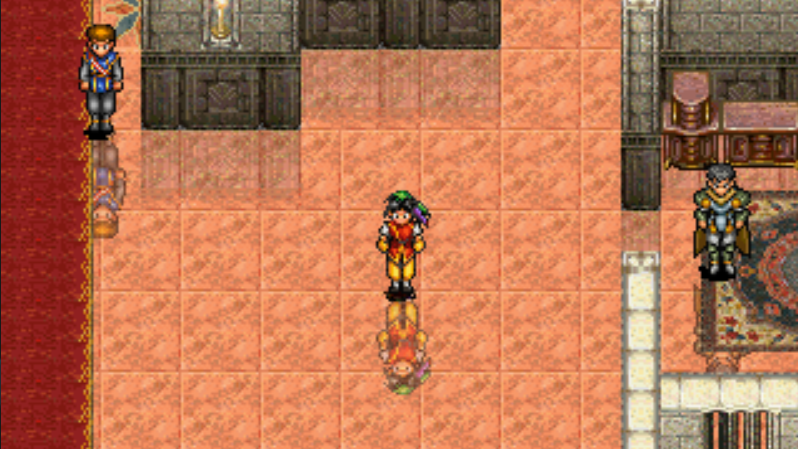
Dipping Into the Classics: Suikoden
I have always meant to go back and play more of the 16-bit and 32-bit RPGs that I missed during their prime. It may take me years upon years on end, but I do eventually […]

I have always meant to go back and play more of the 16-bit and 32-bit RPGs that I missed during their prime. It may take me years upon years on end, but I do eventually […]

So I finished up Chrono Trigger about a week ago. I have written at length about it already, and am wavering on whether or not I want to write any kind of “final thoughts” on […]

I was very concerned as I crossed the 10-hour mark in Chrono Trigger. Those first ten hours were amazingly good on so many different levels. The game had actually managed to deliver everything I wanted […]

Longtime Akira Toriyama fan. Playing Chrono Trigger fifteen years late. Check. In theory, I like Japanese role-playing games, but ultimately do not finish the vast majority of ones that I actually start. Gotcha. All caught […]

Alert the presses! Headline of the year, right here: “Toriyama Fanboy Plays Acclaimed Game 15 Years Late“. Despite running a DragonBall fansite since 1998 (and being a fan of the series for a few years […]

I figured it out! I know what my biggest problem with RPGs is; despite wanting to love them so much and continue picking them up time and time again, I have so many issues! Town […]
Copyright © 2025 | MH Magazine WordPress Theme by MH Themes